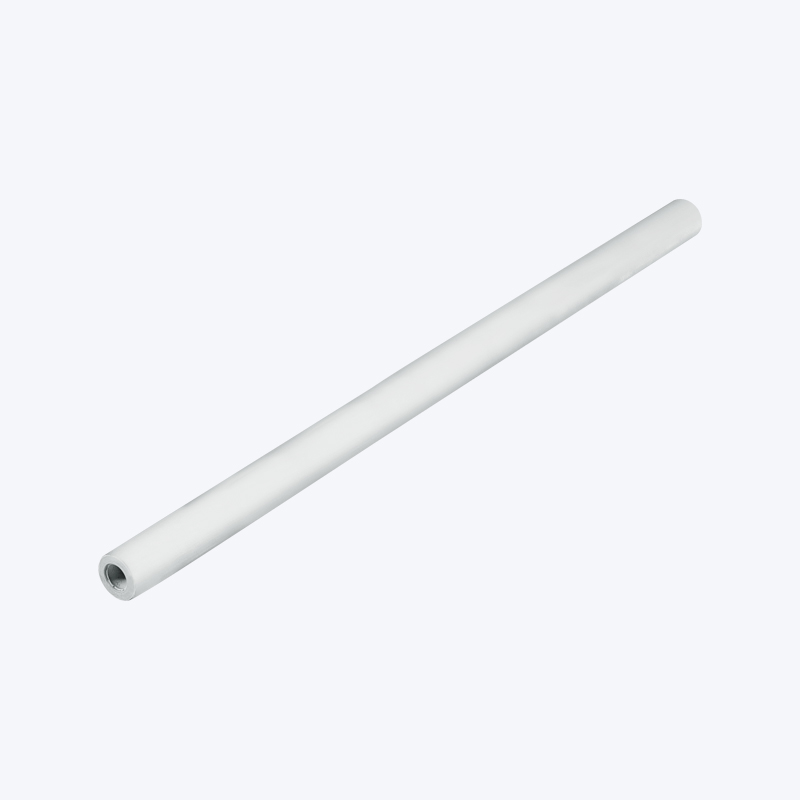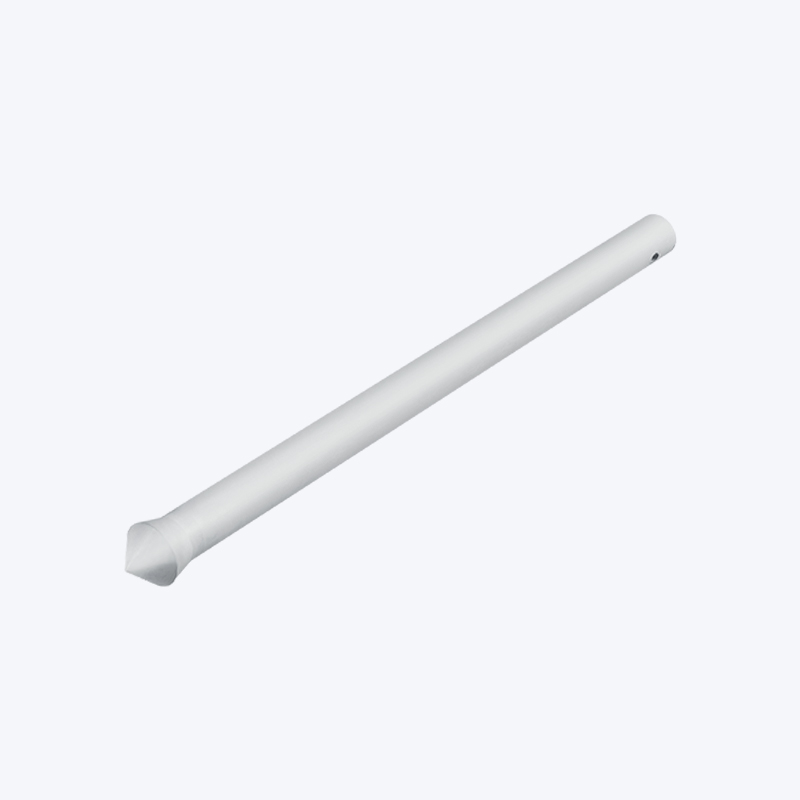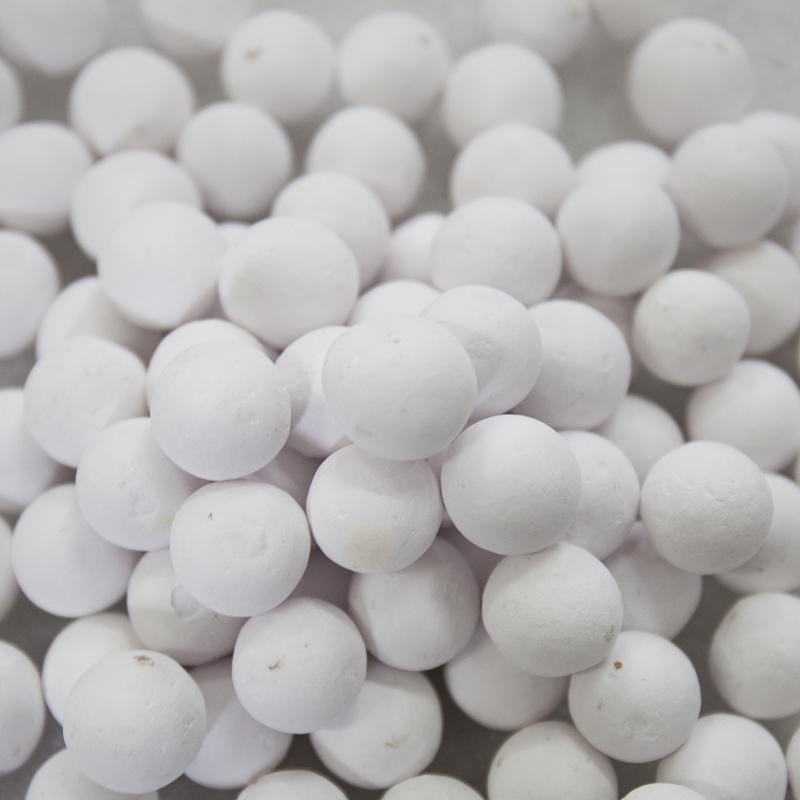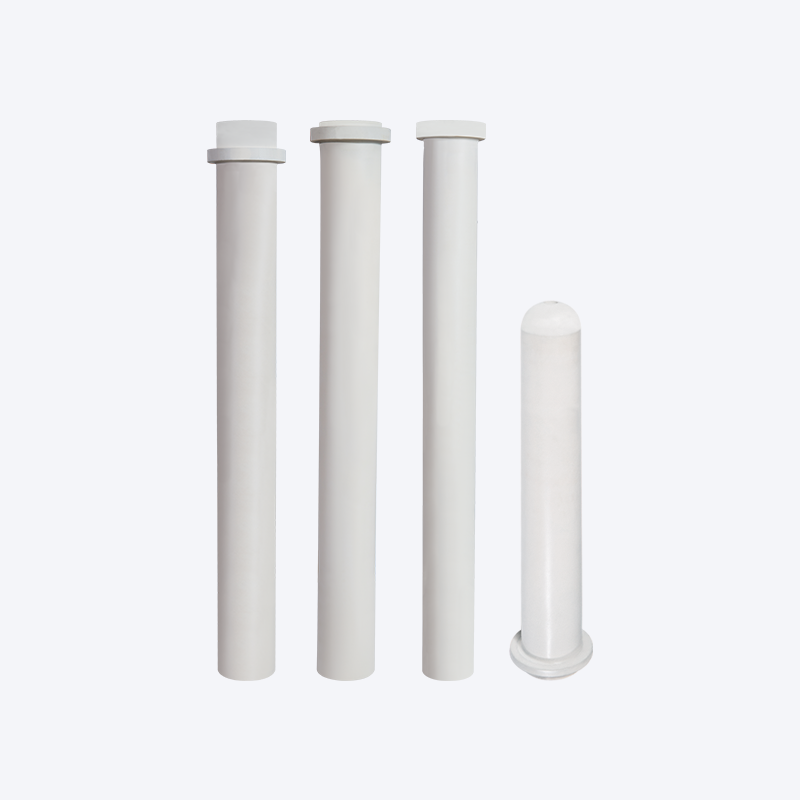Industrial Ceramic Materials: The Backbone of Modern Technology
Industrial Ceramic Materials are a class of inorganic, non-metallic materials processed at high temperatures, known for their exceptional thermal, chemical, and mechanical properties. Far beyond the traditional pottery or brick, these advanced ceramics are the unseen workhorses driving innovation across countless industries, from aerospace to medical devices. They are fundamentally changing what's possible in extreme operating environments.
Defining the Material
At a molecular level, industrial ceramic materials are typically compounds of metallic and non-metallic elements, such as oxides, nitrides, and carbides. This unique bonding structure grants them properties that metals and polymers simply can't match. They are generally characterized by:
-
High Hardness and Wear Resistance: Many industrial ceramics are significantly harder than most metals, making them ideal for applications involving high friction or abrasion.
-
Exceptional Thermal Stability: They can withstand extremely high temperatures without deforming, softening, or melting, making them crucial in furnaces, engines, and thermal barriers.
-
Chemical Inertness: They resist corrosion and degradation when exposed to harsh chemicals, acids, and alkalis.
-
Excellent Electrical Insulation: Most industrial ceramic materials are superb electrical insulators, vital in electronics and high-voltage applications.
-
Low Density: Compared to many metals, some advanced ceramics offer superior strength-to-weight ratios.
Key Types and Composition
The term "Industrial Ceramic Material" encompasses a vast family of engineered substances. They are generally categorized based on their primary chemical composition:
1. Oxide Ceramics
These are the most common and oldest type, primarily composed of metal oxides.
-
Alumina (): Highly popular due to its excellent hardness, wear resistance, and dielectric strength. Used for spark plugs, cutting tools, and ballistic armor.
-
Zirconia (): Known for its extreme toughness and resistance to crack propagation, often used in dental implants, oxygen sensors, and thermal barrier coatings.
2. Non-Oxide Ceramics
These offer superior high-temperature strength and thermal shock resistance.
-
Silicon Nitride (): Exceptional strength, especially at high temperatures, making it a critical industrial ceramic material for engine components, bearings, and gas turbines.
-
Silicon Carbide (): Famous for its extraordinary hardness, high thermal conductivity, and resistance to thermal shock. Used in heating elements, power electronics, and abrasive materials.

Applications Revolutionized by Industrial Ceramics
The unique properties of these materials have opened doors to technological advancements that were previously limited by the capabilities of metals.
Aerospace and Automotive
In high-performance engines, the use of industrial ceramic material components, like silicon nitride turbocharger rotors and zirconia thermal barrier coatings, allows engines to run hotter and more efficiently, directly leading to better fuel economy and reduced emissions. Their light weight is also a significant advantage in aircraft and spacecraft design.
Electronics and Communications
Alumina substrates are the foundation for many integrated circuits due to their insulating properties. In high-frequency communications, specific ceramics control electromagnetic waves. Even the lenses and windows in high-powered laser systems often rely on specialized ceramic materials for their optical clarity and thermal resilience.
Medical and Bioceramics
Certain industrial ceramic materials are biocompatible, meaning the human body does not reject them. Zirconia and alumina are widely used for hip replacements, dental crowns, and other prosthetics because they are hard, wear-resistant, and non-toxic.
Manufacturing and Tools
The sheer hardness of materials like silicon carbide and alumina makes them indispensable for cutting tools, grinding wheels, and abrasion-resistant linings in mining and material processing equipment, significantly extending tool life and increasing production speed.
In essence, the advancement and refinement of the Industrial Ceramic Material class continue to push the boundaries of engineering, providing solutions that withstand the most extreme operating conditions, thereby making smaller, stronger, and more efficient technologies possible.
Contact Us for Quotes and Prices!
Just let us know what you want, and we will get in touch with you as soon as possible!

 English
English 简体中文
简体中文












